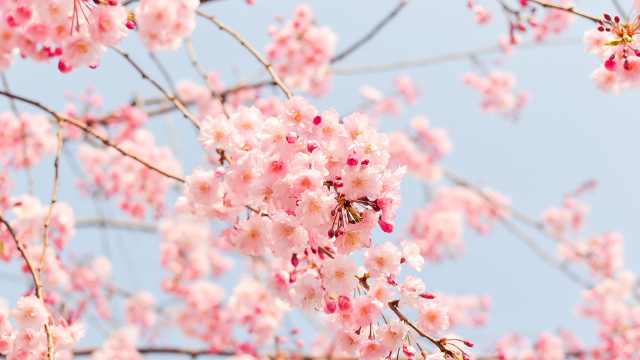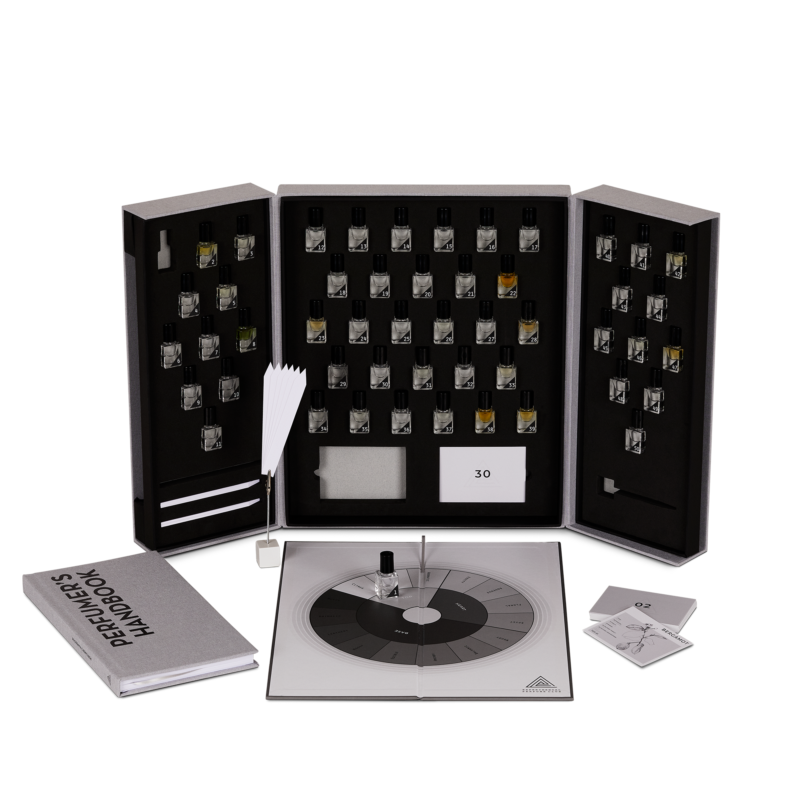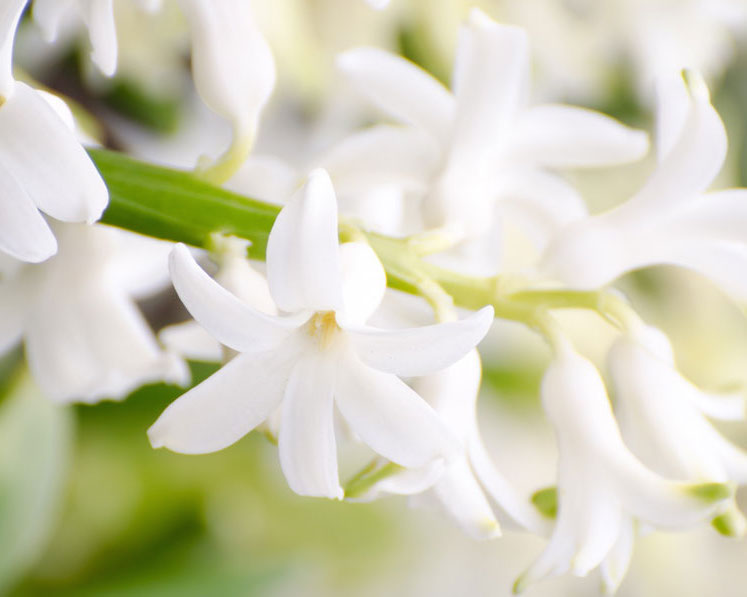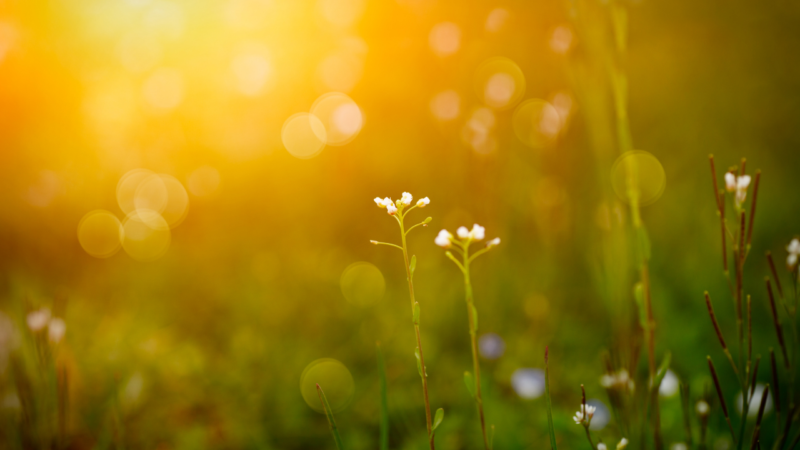We can officially say “spring is in the air” with all the beautiful smells that come with the change of season.
But what exactly does spring smell like? In this post, we will explore some of the fresh scents you can smell in the season of new blooms.
What does spring smell like?
There are many scents associated with spring. Our sense of smell comes alive with the change in weather. Gardens begin to bloom and the rain warms along with the air. We begin to venture away from the cosy indoors and spend more time in the great outdoors. We put down the deeper woody fragrances in search of light and fresh scents. Being around this exciting change evokes our sense of smell and creates strong memories. Here are just 3 things that let us know spring is in the air.
CUT GRASS
Over the winter months our gardens go into hibernation and need little tending to. Before you know it spring rolls around and it’s time to get things in order ready for the warmer months.
Nature comes alive with new blooms as flowers and grass colour the ground. On a sunny spring weekend, you can hear the relaxing hum of lawnmowers and smell the scent of cut grass. Research has shown that the smell of cut grass can make us happier and reduce stress!
Leafy Green
Cut grass produces an oily, leafy green scent caused by a chemical reaction from the grass being in distress. Cis-3-hexenol, a compound that is naturally occurring in most plants, is used in small quantities in fragrances to recreate the smell of vegetation, leaves, grass, fruity notes such as apple and pear or flowers. It is the perfect ingredient to use to give any scent a spring twist. Other green ingredients that can be used to create the smell of leaves and vegetation are cis-3-hexenol acetate, stemone or undecavertol.
APRIL SHOWERS
Although the days are starting to warm, the rain doesn’t leave us just yet or at least not where we are based in London! The electricity in the air combined with the changing weather patterns brings along thunderstorms and the infamous April Showers.
Our sense of smell is enhanced in humid conditions as scent molecules can diffuse more easily through the sensory receptors in our nose. This then gives a stronger scent perception.
When you wander outside after a storm has passed, it often smells warm, damp and earthy. Those who live in more urban areas may also notice the smell of concrete or rock. Petrichor is the name for the oily scent emitted from wet rocks.
Earthy & Aqueous
To create the smell of cold and wet rock, you’ll want to associate ingredients that have a dry earthy and mineral smell (such as patchouli or cashmeran) to wet aqueous notes such as Calone or Nonadienal (cucumber) for instance. Aldehyde would also give you an impression of hot metal.
SPRING BLOSSOMS
Spring blossoms typically begin to bloom in March and by April, the streets are lined with powdery pastel colours of white and pink. If you’re lucky enough to live by blossom trees that is.
In Japan, cherry blossoms are the iconic imagery of spring. Their bloom is celebrated across the entire country in an ancient practice known as Hanami. Picnics are enjoyed under the blossom trees and the brief beauty of the petals is admired. To most people, blossoms symbolise new beginnings.
Spring blossoms carry a very subtle soft, sweet, musky and floral scent. Flowers smell best just before and after it rains because moisture in the air helps odour molecules travel!
Fresh and Floral
In perfumery, when we say blossom, we are referring to all blossoms that carry a sweet, fresh, green smell that can be almost imperceptible. Fresh and abstract floral ingredients such as Hedione, Lilial or Florosa will give you an impression of dewy fresh petals.










